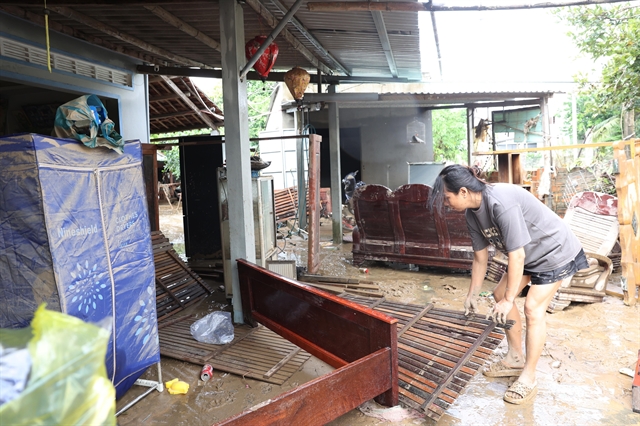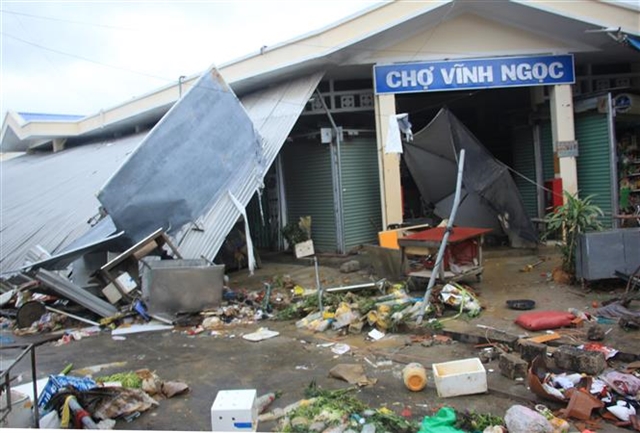 Economy
Economy


|
| Speakers at the workshop themed "Solutions to Promote Companies Listing on the Stock Market" on Wednesday morning. — VNS Photo |
By Ly Ly Cao
HÀ NỘI — The Vietnamese stock market has undergone considerable changes in market capitalisation, liquidity, and the number of investors after more than two decades of operation. However, the number of newly listed companies is limited for a variety of reasons.
As of June 30, the market cap of the three stock exchanges, the Ho Chi Minh Stock Exchange (HoSE), the Hà Nội Stock Exchange (HNX), and UPCoM, exceeded VN5.78 quadrillion (US$244.5 billion), a 10.7 per cent rise from the end of 2022.
According to figures from the State Securities Commission of Vietnam (SSC), the number of listed firms was 1,600 at the end of June, up from only two companies trading on the stock market. However, the figure has not changed significantly in recent years.
While 54 new shares were added on three exchanges last year, delisted firms outnumbered the newly listed ones, causing the number of new trading stocks to decline by more than 40 units over 2021.
In the first half of 2023, there was only one new listed company on HoSE, which is Pacific Petroleum Transportation (PVP), and two more are expected to be listed in July and August. All three were transferred from UPCoM.
On HNX and UPCoM, the number of newcomers has totalled six so far this year.
The weaker internal factors of enterprises after suffering more than two years of pandemic and economic slowdown are attributed to the less positive picture in listing activities, Nguyễn Trung Đức, a representative of the Vietnam Association of Small and Medium Enterprises (VINASME), said at a workshop themed "Solutions to Promote Companies Listing on the Stock Market" yesterday morning.
VINASME has more than 65,000 members, but the number of listed companies and those that are eligible for listing is just over 1 per cent.
"The biggest challenge now for SMEs is looking for output for their business activities," Đức said, adding that SMEs also struggle to satisfy the listing conditions.
Enterprises that seek to go public must first focus on core business operations, reorganise to enhance internal resources, and improve product and service quality to fulfil the requirements necessary for listing.
"In the near future, the association will assist members in increasing the number of listed businesses because the stock market is a good long-term capital mobilisation channel. Listing helps SMEs strengthen their reputation and brand," Đức added.
Similarly, Phan Quốc Huỳnh, Standing Vice Chairman of the Vietnam Association of Securities Business (VASB), stated that the key restriction for the present stock market listing situation is the internal health of enterprises.
"With stricter and more transparent listing regulations in place to improve the quality of goods on the market, enterprises must be transparent and healthy in order to be listed successfully," Huỳnh noted.
Furthermore, many enterprises are unaware of the requirements and timeline for listing operations, according to Bùi Đình Như, Chairman of Vietnam Enterprise Investment and Restructuring JSC. As a result, in order to stimulate their listing demands, it is vital to help firms become aware of the rewards and obstacles of going public.
The market's liquidity has improved as a result of the government's support measures. The market has experienced additional trading sessions near VN20 trillion and is approaching 1,200 points.
On Wednesday, the market benchmark VN-Index reversed its recent rally course to end lower at 1,172.98 points. It had gained for eight consecutive sessions. VNS




